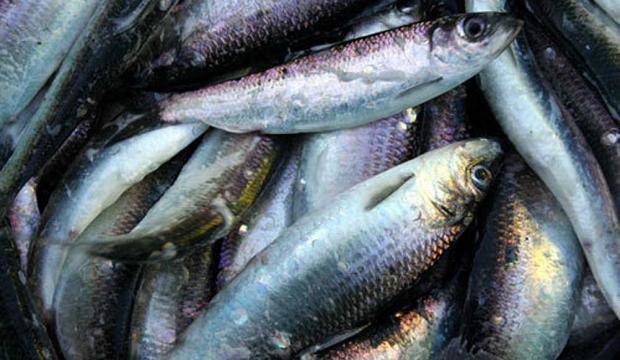In a morning of controversial deliberations at the Alaska Board of Fisheries meeting Tuesday, subsistence users weren’t successful in herring conservation measures to cut commercial fishing harvests.
But a favored backup proposal, No. 106, did pass by a 6-1 vote: 4 square miles in Sitka Sound were added to a 10-square mile protected area reserved for subsistence harvest and barred from commercial fishing.
Sitka Sound’s herring are prized by commercial fishermen and subsistence users — many of them Native Alaskans — for their eggs. Herring are struggling region-wide in Southeast — only two of 15 groups around the region currently spawn in numbers high enough for the Alaska Department of Fish &Game to allow a commercial harvest, according to management biologist Scott Kelley.
During heated public testimony, traditional observation and knowledge was pitted against ADF&G studies and testimony from commercial fishermen.
Subsistence users said herring spawning patterns are being disrupted by commercial fishing. It’s harder now for subsistence users to access culturally-important herring eggs. But ADF&G studies have shown healthy numbers in Sitka Sound.
The board decided not to reduce commercial harvest because they didn’t have numbers to back it up. Board member Israel Payton, who voted against proposition 99, said he hesitated to disappoint subsistence users, but the numbers weren’t indicating a difficulty for subsistence users to get the eggs they need.
“I’ve sat on the other side of the table for many years, I’ve watch my father battle the board of fish for three or four cycles and get ejected from board meetings. … I look at subsistence issues very carefully,” Payton said.
But, Payton went on, the board does not have a mandate to limit industry unless there are conservation concerns or industry limits the ability of a “reasonably diligent” subsistence user to get what they need.
“The success rate of making the ANS (Amount Necessary for Subsistence) some years are 100 percent and the lowest year in 2002 was 88 percent. Some years it doesn’t make it, some years it does. When it goes to reasonable opportunity, reasonable opportunity is still there for a diligent person,” he said.
The Sitka Tribe of Alaska submitted proposal 99. In an attempt to give subsistence users a little of what they want, the board passed proposal 106, which will increase opportunity for subsistence fishermen not by limiting commercial fishermen, but by adding more area available to subsistence users, taking it from a zone previously reserved for commercial fishing.
“This is the right thing to do at this point to balance some of the other proposals,” board member Alan Cain said.
Proposal 106 passed 6-1, with John Jensen opposed. Proposal 99 carried 2-5, with Reed Morisky and Orville Huntington voting yes.
• Contact reporter Kevin Gullufsen at 523-2228 and kevin.gullufsen@juneauempire.com. Follow him on Twitter at @KevinGullufsen.

